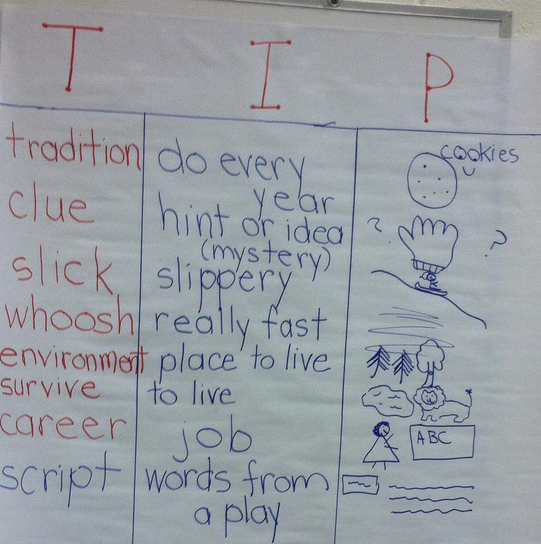Students need to be metacognitive or “aware of their thinking”. In fact, this ability is imperative or nonnegotiable if a student is to be a successful reader. We all have students who are “word callers”. In fact, a few years ago, I would have called a student who read correctly and with a high level of prosody one of my best readers. These students are so caught up in figuring out the code they forget they are reading a story. We all know “word callers” who do not know what they read a few seconds after finishing a passage. How do we make student reading visible? How do we help students to hold their thinking? Today, I am offering a couple of ideas for holding students’ thinking.
As adults, we may use a close reading technique and read a text several times in order to truly grasp what we are reading. Students need to realize even adult readers read a text several times to pull out reading. This is what Close Reading looks like for a student. As always, use gradual release and model this process and your thinking.
- Scan the text for the main message, GIST, or main idea. Use text features such as headings, tables, illustrations, etc.
- Read once again while annotating the text. Highlight or use sticky notes to hold important details, thoughts, or questions. For every highlight, student should have a reason they highlighted (important detail, new word, question, wondering, etc.). Reasons for highlighting may be written in margins or held on a separate piece of paper if reading online. This process aids in student metacognition or their thinking process.
- Read one more time...yes, a third time. Use a graphic organizer to hold thinking. My favorite organizer is a double entry diary as shown below. Student can easily make this in their reader’s notebook by drawing a line down the middle of the page. Headings may be personalized for your classroom or subject area.
Facts
|
My Thinking
|
Summary of text with original thoughts:
| |
Or FQR strategy below…..
Facts
|
Questions
|
Response
|
Summary
| ||
Double/triple entry diary/graphic organizers taken and adjusted from Harvey & Goudvis, Strategies
That Work, (2nd Ed).
Thoughts and suggestions are appreciated.


